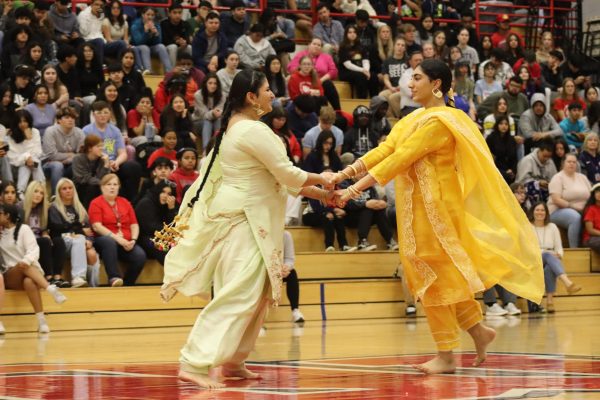Record Number College Applicants
May 6, 2021
The college admissions process was like no other for the class of ‘21. It was lengthy, competitive, and frustrating. Hundreds of deserving seniors were rejected from schools that were well in their academic range. But for some seniors, getting into a four-year college had never been easier. Why was admittance into college so strange this year? The same reason for most of the struggles lately: COVID-19.
At the beginning of the school year, every university held virtual classes, closing their campuses to a majority of students. But while college went remote, tuition remained the same. For many incoming college freshmen, especially those paying out-of-state tuition or attending a private school, a gap year seemed to be the best financial option. At Harvard, for example, 25% of admitted students are currently taking a gap year, and will be starting at the ivy league school this fall. However, this unusually high percentage set the following graduating class at a disadvantage.
“I definitely knew going into this year COVID was going to make the admissions process more competitive especially considering the number of students in the class of 2024 that took a gap year and deferred to my year (2025),” senior Bailey Flanagan explained.
These unlucky circumstances only piled up for seniors. In early May of 2020, 1,600 four-year colleges waived standardized test requirements as it was difficult to take the ACT, SAT, and AP exams amid the pandemic. This change was very beneficial for students who were unhappy with their standardized test scores or weren’t given a chance to take them. Now that test scores no longer had the possibility of hurting an applicant’s chances, thousands of seniors used this as an opportunity to apply to highly selective schools that they never would have applied to under normal circumstances. Only 46% of students submitted standardized scores in their common application compared to the 77% last year.
This led to a record number of applications in numerous universities: Colgate had a 102% increase in applications, Harvard faced a 42% increase in applications and, MIT’s number of applicants increased 66%. Students soon realized this was going to be a competitive year for admittance so they lengthened their list of schools to apply to, only increasing the number of applications. However, Flanagan did the opposite than a majority of seniors this year.
“I actually narrowed my application list a bit especially after seeing how some universities handled the pandemic and how they treated the student body during it,” Flanagan stated. “I know a lot of people in my year though applied to more schools since they didn’t have to submit ACT/SAT scores.”
While the country’s most elite institutions were turning students away, a vast majority of schools welcomed the unprecedented amount of applicants. For example, Arizona State University, one of the largest public universities in terms of enrollment, is expected to admit as many as 50,000 first-year students. Many schools are desperate to fill seats as they have faced financial difficulties and revenue loss throughout the pandemic. So while thousands of students faced rejections at several selective institutions, many had no issue with the college application process.
As May 1st decision day is approaching, this unusual year for college applications will finally come to an end. It’s become clear that this year of admissions has no doubt proven the extent of COVID-19’s repercussions.




